
How to Use ESP32 (30 pin) back: Examples, Pinouts, and Specs
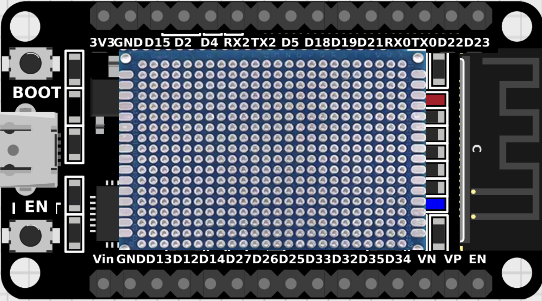
 Design with ESP32 (30 pin) back in Cirkit Designer
Design with ESP32 (30 pin) back in Cirkit DesignerIntroduction
The ESP32 is a powerful microcontroller developed by Espressif Systems, featuring integrated Wi-Fi and Bluetooth capabilities. With its 30-pin configuration, the ESP32 is designed to support a wide range of input/output functions, making it an excellent choice for Internet of Things (IoT) applications, smart devices, and embedded systems. Its high processing power, low energy consumption, and versatile connectivity options make it a popular choice among hobbyists and professionals alike.
Explore Projects Built with ESP32 (30 pin) back
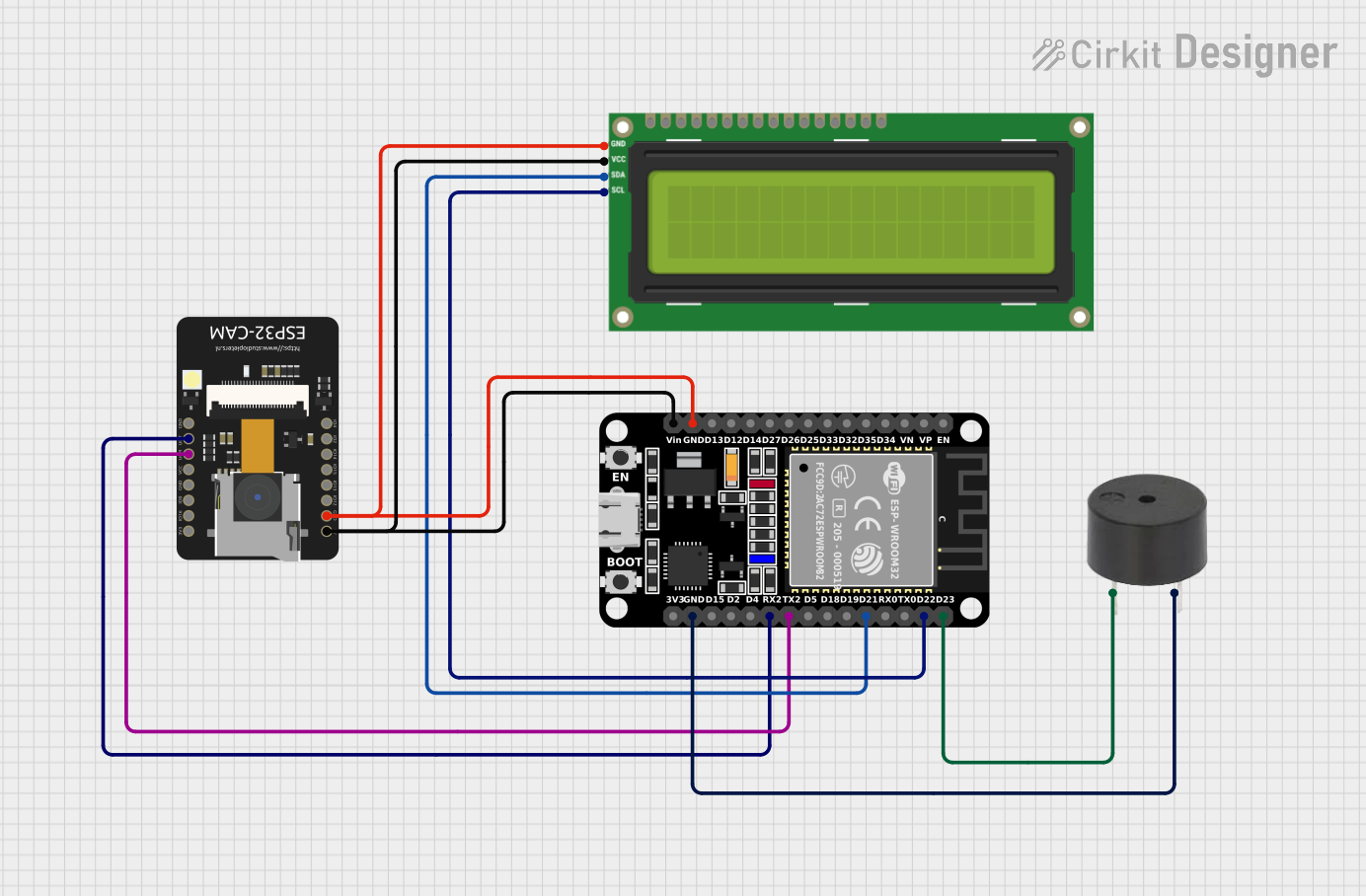
 Open Project in Cirkit Designer
Open Project in Cirkit Designer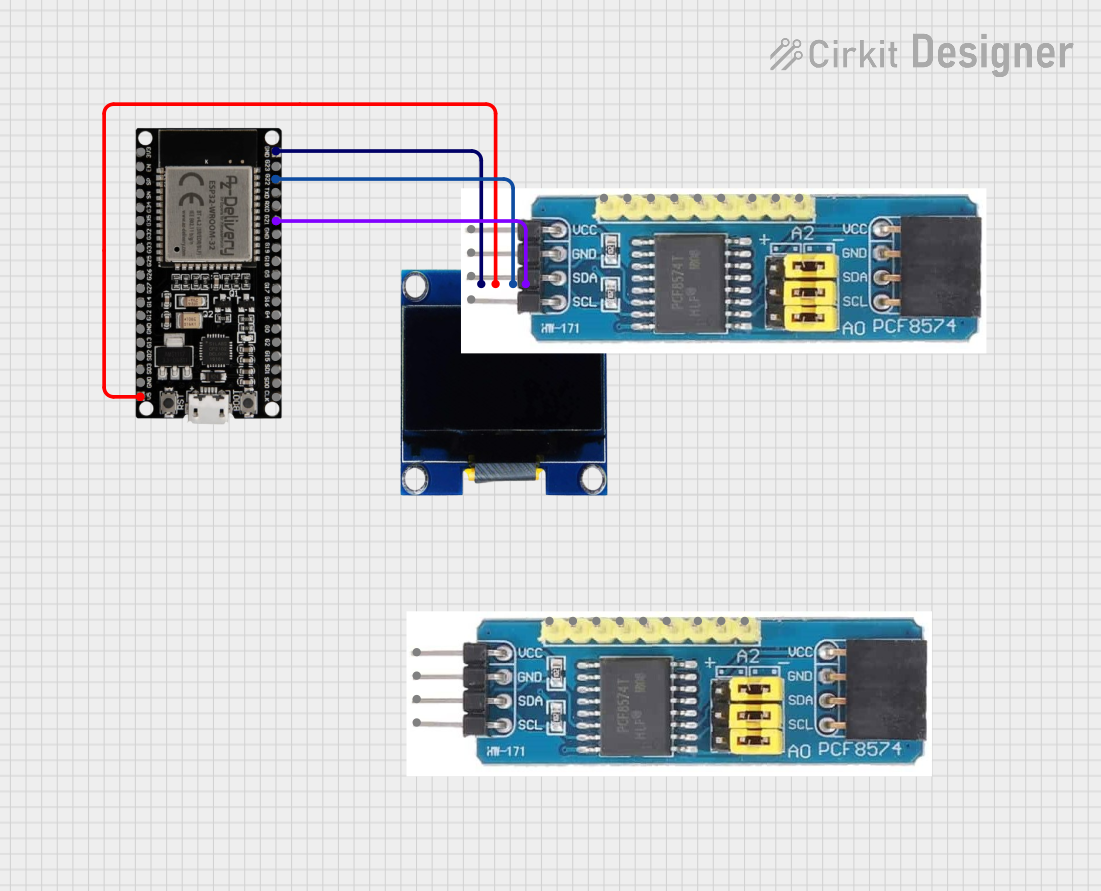
 Open Project in Cirkit Designer
Open Project in Cirkit Designer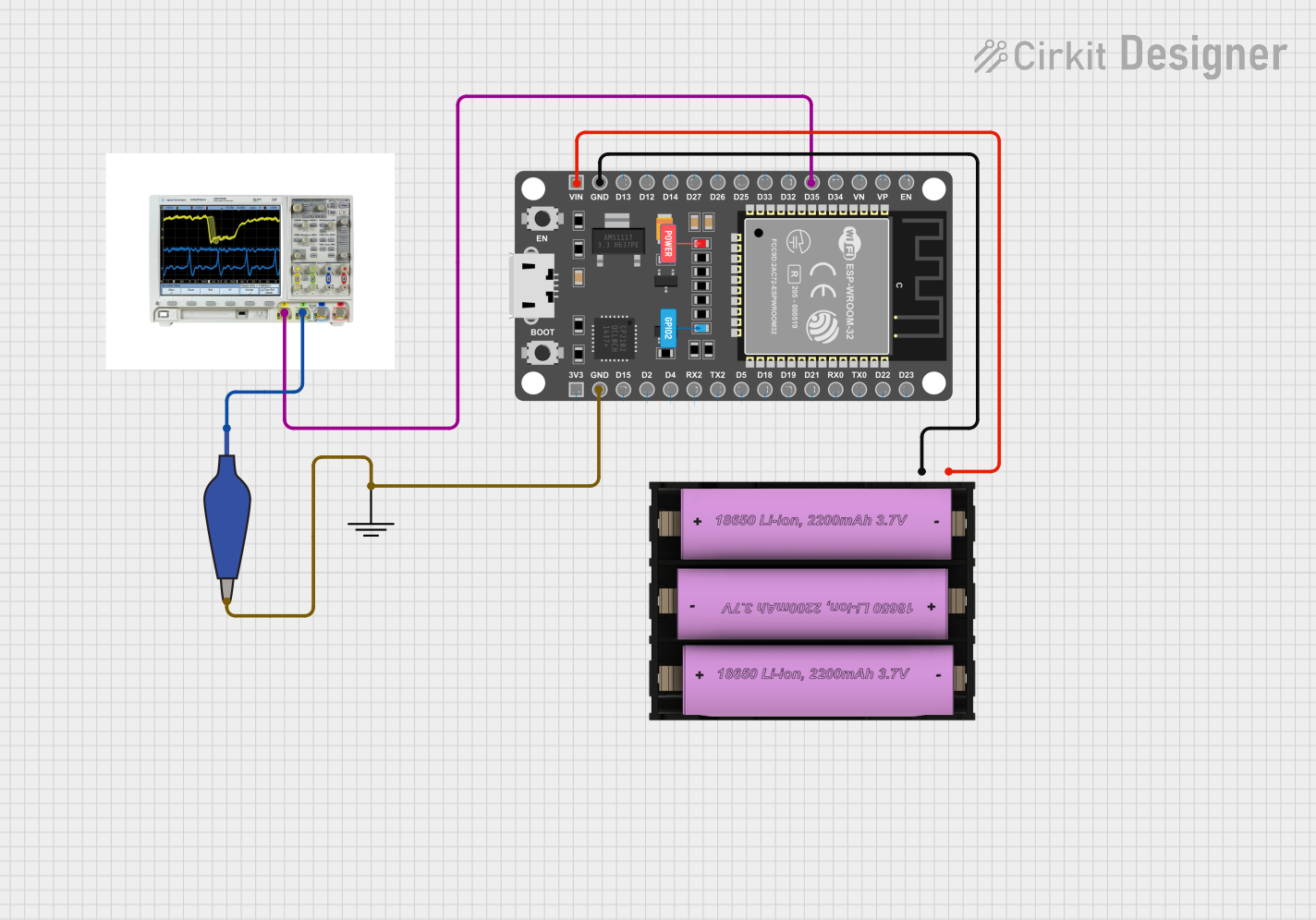
 Open Project in Cirkit Designer
Open Project in Cirkit Designer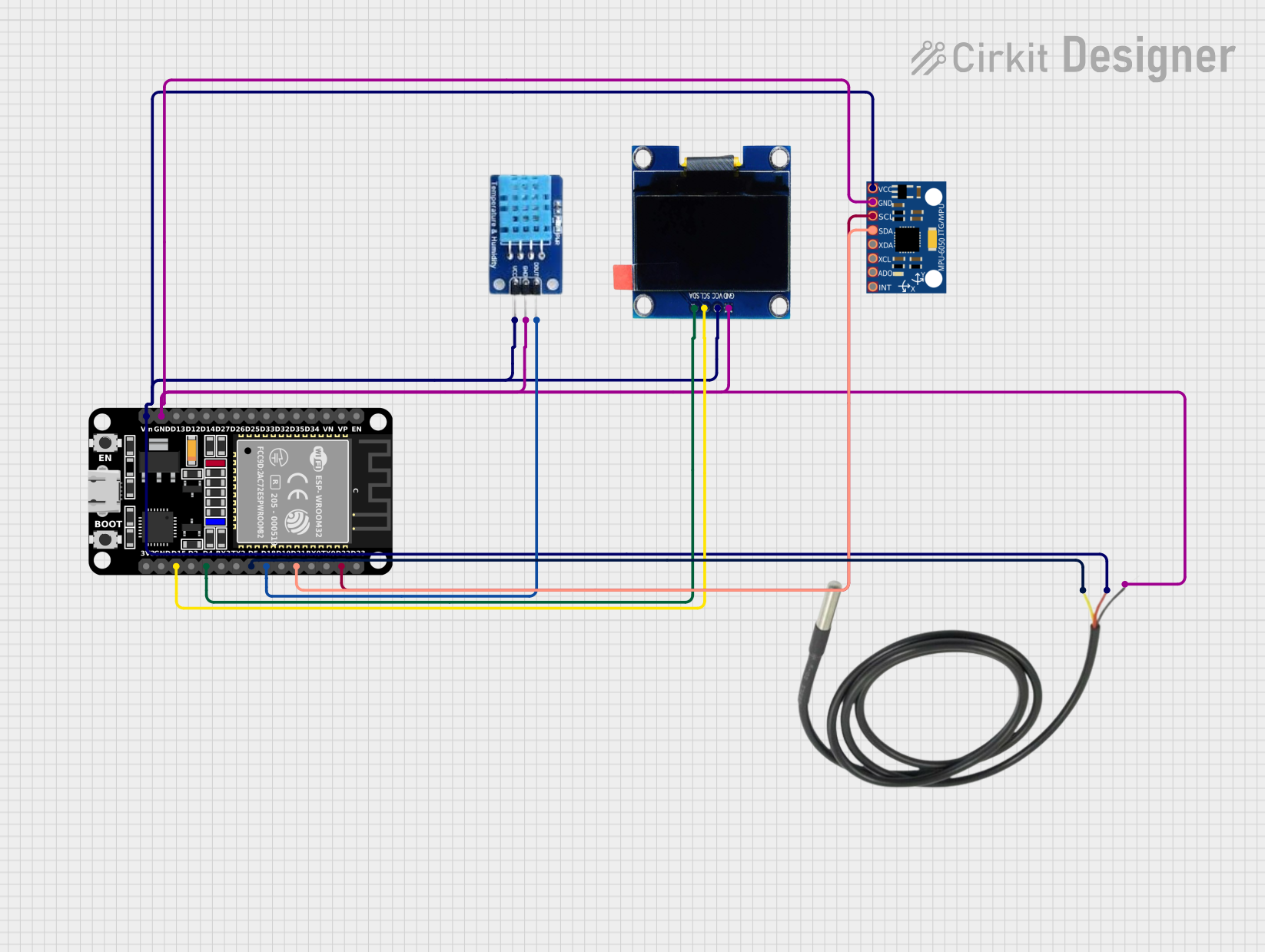
 Open Project in Cirkit Designer
Open Project in Cirkit DesignerExplore Projects Built with ESP32 (30 pin) back

 Open Project in Cirkit Designer
Open Project in Cirkit Designer
 Open Project in Cirkit Designer
Open Project in Cirkit Designer
 Open Project in Cirkit Designer
Open Project in Cirkit Designer
 Open Project in Cirkit Designer
Open Project in Cirkit DesignerCommon Applications and Use Cases
- IoT devices and smart home automation
- Wireless sensor networks
- Wearable technology
- Robotics and drones
- Industrial automation
- Real-time data monitoring and logging
Technical Specifications
The ESP32 (30-pin variant) is equipped with robust hardware and versatile features. Below are its key technical specifications:
Key Technical Details
- Microcontroller: Tensilica Xtensa LX6 dual-core processor
- Clock Speed: Up to 240 MHz
- Flash Memory: 4 MB (varies by model)
- SRAM: 520 KB
- Wi-Fi: 802.11 b/g/n
- Bluetooth: v4.2 BR/EDR and BLE
- Operating Voltage: 3.3V
- Input Voltage Range: 5V (via USB) or 3.3V (via VIN pin)
- GPIO Pins: 30 pins (multipurpose)
- ADC Channels: 18 (12-bit resolution)
- DAC Channels: 2
- PWM Outputs: 16
- I2C Interfaces: 2
- SPI Interfaces: 4
- UART Interfaces: 3
- Power Consumption: Ultra-low power consumption in deep sleep mode (~10 µA)
Pin Configuration and Descriptions
The ESP32 (30-pin variant) has a standard pinout. Below is a table describing the pin configuration:
| Pin Number | Pin Name | Function |
|---|---|---|
| 1 | EN | Enable pin (active high) |
| 2 | IO1 | GPIO1, UART TX |
| 3 | IO3 | GPIO3, UART RX |
| 4 | IO4 | GPIO4, PWM, ADC |
| 5 | IO5 | GPIO5, PWM, ADC |
| 6 | GND | Ground |
| 7 | IO12 | GPIO12, ADC, Touch Sensor |
| 8 | IO13 | GPIO13, ADC, Touch Sensor |
| 9 | IO14 | GPIO14, PWM, ADC |
| 10 | IO15 | GPIO15, PWM, ADC |
| 11 | IO16 | GPIO16, UART RX2 |
| 12 | IO17 | GPIO17, UART TX2 |
| 13 | IO18 | GPIO18, SPI CLK |
| 14 | IO19 | GPIO19, SPI MISO |
| 15 | IO21 | GPIO21, I2C SDA |
| 16 | IO22 | GPIO22, I2C SCL |
| 17 | IO23 | GPIO23, SPI MOSI |
| 18 | VIN | Input voltage (3.3V or 5V) |
| 19 | 3V3 | 3.3V output |
| 20 | GND | Ground |
| 21 | IO25 | GPIO25, DAC1 |
| 22 | IO26 | GPIO26, DAC2 |
| 23 | IO27 | GPIO27, ADC, Touch Sensor |
| 24 | IO32 | GPIO32, ADC, Touch Sensor |
| 25 | IO33 | GPIO33, ADC, Touch Sensor |
| 26 | IO34 | GPIO34, ADC (input only) |
| 27 | IO35 | GPIO35, ADC (input only) |
| 28 | IO36 | GPIO36, ADC (input only) |
| 29 | IO39 | GPIO39, ADC (input only) |
| 30 | GND | Ground |
Usage Instructions
How to Use the ESP32 in a Circuit
Powering the ESP32:
- Use a USB cable to power the ESP32 via the micro-USB port (5V input).
- Alternatively, supply 3.3V directly to the VIN pin. Ensure the power source is stable.
Connecting Peripherals:
- Use GPIO pins for digital input/output.
- Connect sensors to ADC pins for analog input.
- Use I2C (SDA, SCL) or SPI (MOSI, MISO, CLK) for communication with external devices.
Programming the ESP32:
- Install the ESP32 board package in the Arduino IDE.
- Connect the ESP32 to your computer via USB.
- Select the correct board and port in the Arduino IDE.
- Write and upload your code.
Important Considerations and Best Practices
- Always use a level shifter when interfacing 5V devices with the ESP32 (3.3V logic).
- Avoid drawing excessive current from GPIO pins (max 12 mA per pin).
- Use pull-up or pull-down resistors for stable input signals.
- Ensure proper grounding to avoid noise and interference.
- Use deep sleep mode to conserve power in battery-powered applications.
Example Code for Arduino UNO Integration
Below is an example of how to blink an LED connected to GPIO2 of the ESP32:
// Example: Blink an LED connected to GPIO2 of the ESP32
// Define the GPIO pin for the LED
#define LED_PIN 2
void setup() {
pinMode(LED_PIN, OUTPUT); // Set GPIO2 as an output pin
}
void loop() {
digitalWrite(LED_PIN, HIGH); // Turn the LED on
delay(1000); // Wait for 1 second
digitalWrite(LED_PIN, LOW); // Turn the LED off
delay(1000); // Wait for 1 second
}
Troubleshooting and FAQs
Common Issues and Solutions
ESP32 Not Detected by Computer:
- Ensure the USB cable is functional and supports data transfer.
- Install the correct USB-to-serial driver (e.g., CP2102 or CH340).
Upload Fails in Arduino IDE:
- Check the selected board and port in the Arduino IDE.
- Press and hold the "BOOT" button on the ESP32 while uploading.
Wi-Fi Connection Issues:
- Verify the SSID and password in your code.
- Ensure the Wi-Fi network is within range.
Random Resets or Instability:
- Check the power supply for stability.
- Avoid drawing excessive current from GPIO pins.
FAQs
Q: Can the ESP32 operate on 5V logic?
A: No, the ESP32 operates on 3.3V logic. Use level shifters for 5V devices.Q: How do I reset the ESP32?
A: Press the "EN" button on the board to reset the ESP32.Q: Can I use the ESP32 with a battery?
A: Yes, you can power the ESP32 using a 3.7V LiPo battery connected to the VIN pin.
This concludes the documentation for the ESP32 (30-pin variant).